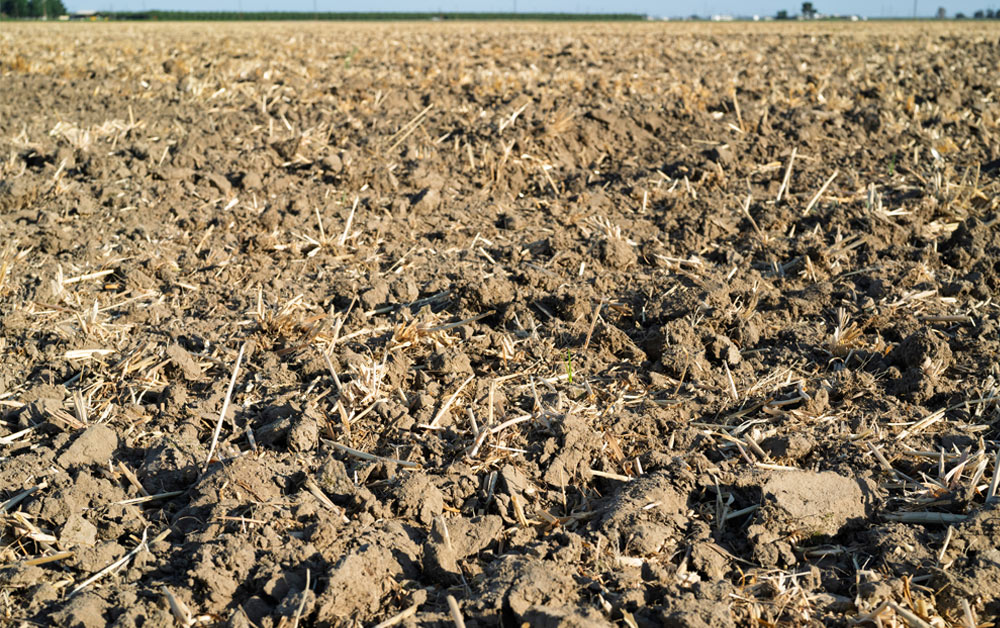Healthy soil structure is the foundation of profitable farming. It refers to how soil particles (sand, silt, and clay) bind together into aggregates, creating a network of pores that support water movement, aeration, and root growth. A well-structured soil improves drainage, prevents erosion, and provides crops with access to essential nutrients. However, poorly structured soils, often resulting from compaction, erosion, or excessive tillage, can hinder plant growth and decrease productivity.
Soil type plays a significant role in structure. Sandy soils have large particles that drain quickly but struggle to retain nutrients. Conversely, clay soils retain water and nutrients well but are prone to compaction. Loamy soils, a mix of sand, silt, and clay, offer an ideal balance for most crops, making them the benchmark for improving soil structure.
Factors That Affect Soil Structure on Your Farm
Many factors influence soil structure, from farm management practices to environmental conditions.
- Soil Composition: The balance of sand, silt, and clay affects porosity and stability.
- Organic Matter: High organic content fosters aggregation and enhances stability.
- Tillage Practices: Excessive tillage disrupts aggregates, reducing soil health.
- Crop Selection: Deep-rooted plants like alfalfa improve soil by breaking up compacted layers.
- Moisture Levels: Poor irrigation management can lead to compaction or erosion.
Effective Practices to Enhance Soil Structure Naturally
Farmers can take proactive steps to improve soil structure sustainably.
- Add organic matter through compost or cover crops.
- Rotate crops to diversify root systems and build organic matter.
- Reduce tillage to preserve soil aggregates and microbial habitats.
- Use gypsum to enhance clay soil drainage and reduce compaction.
- Implement proper irrigation to prevent waterlogging.
How Improved Soil Structure Boosts Crop Yield and Sustainability
Improved soil structure plays a crucial role in enhancing crop yield and sustainability. When soil is well-structured, roots can penetrate deeply and access water and nutrients more efficiently, leading to healthier, more vigorous plant growth. Additionally, better soil porosity allows for proper aeration, which encourages beneficial microbial activity. These microorganisms break down organic matter into essential nutrients, creating a fertile environment that supports robust crop development.
Strong soil structure not only boosts productivity but also reduces input costs, as healthier soil requires less fertilization and irrigation. By minimizing erosion and compaction, improved soil conditions contribute to long-term agricultural sustainability. This ensures that future harvests remain abundant while preserving the soil’s natural resources for generations to come.
Experience the Future of Soil Health Management with AgNote
AgNote empowers farmers by providing tools to track amendments, plan crop rotations, and monitor soil health effectively. Its intuitive features enable you to optimize soil management strategies, ensuring long-term productivity and sustainability. Sign up for AgNote today and enjoy a free 7-day trial to take the first step toward healthier soil and higher yields.
